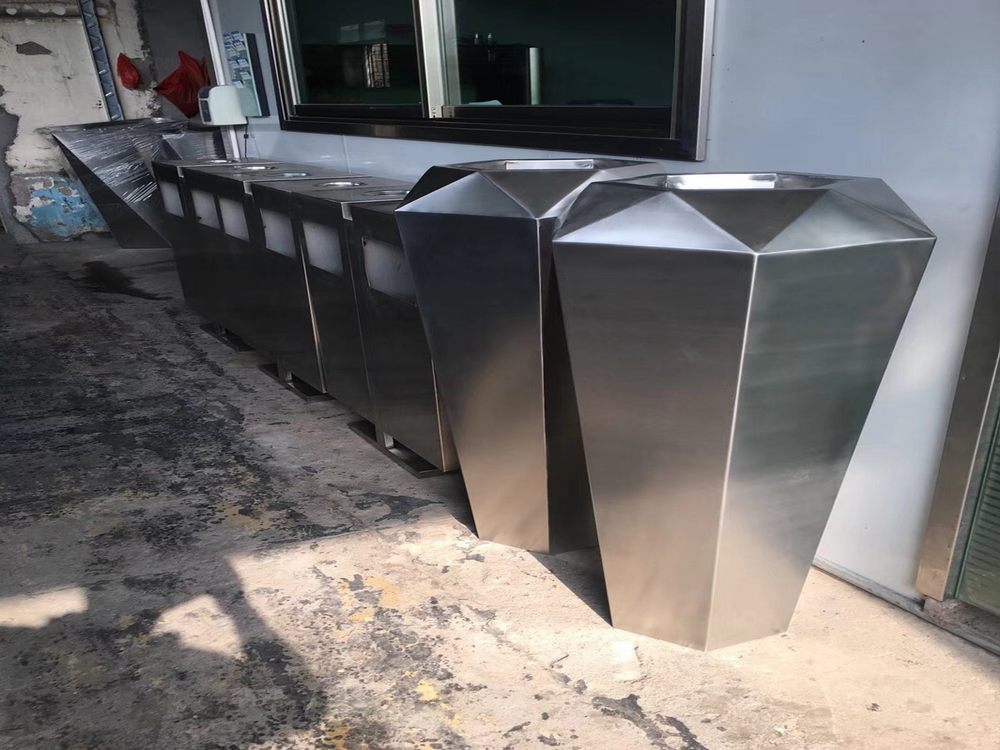
Creating the illusion of depth and dimension in flat or relief porcelain sculptures is a masterful blend of artistic skill and technical precision. Artists employ several techniques to achieve this effect, transforming two-dimensional surfaces into visually dynamic works of art.
One key method is layering, where thin sheets of porcelain are stacked or carved to build depth. By carefully sculpting raised and recessed areas, artists mimic natural shadows and highlights, enhancing the perception of three-dimensionality.
Shading and glazing also play a crucial role. Delicate brushwork with translucent glazes creates gradients that suggest light and shadow, adding realism to the sculpture. Darker tones recede, while lighter tones advance, tricking the eye into seeing depth.
Perspective and proportion are equally important. Artists use foreshortening and overlapping elements to simulate distance, making certain parts of the sculpture appear closer or farther away. This technique is especially effective in relief sculptures, where the background remains flat while foreground details pop.
Lastly, texture and detailing contribute to the illusion. Fine lines, intricate patterns, and varied surface finishes interact with light differently, enhancing the sense of depth. Whether through sgraffito (scratching) or slip-trailing (applying raised lines), these details add lifelike quality to the piece.
By combining these methods, porcelain artists breathe life into their creations, turning flat surfaces into captivating, multidimensional artworks.

